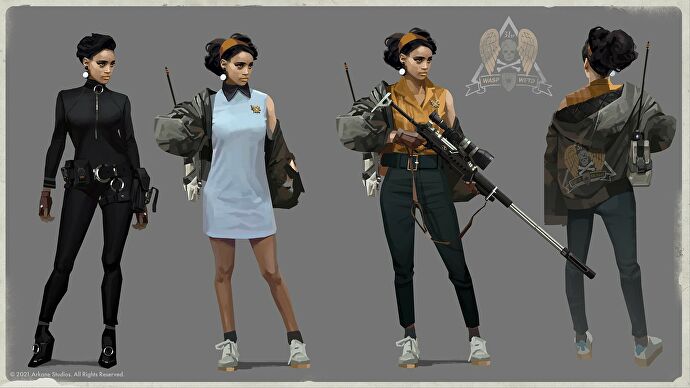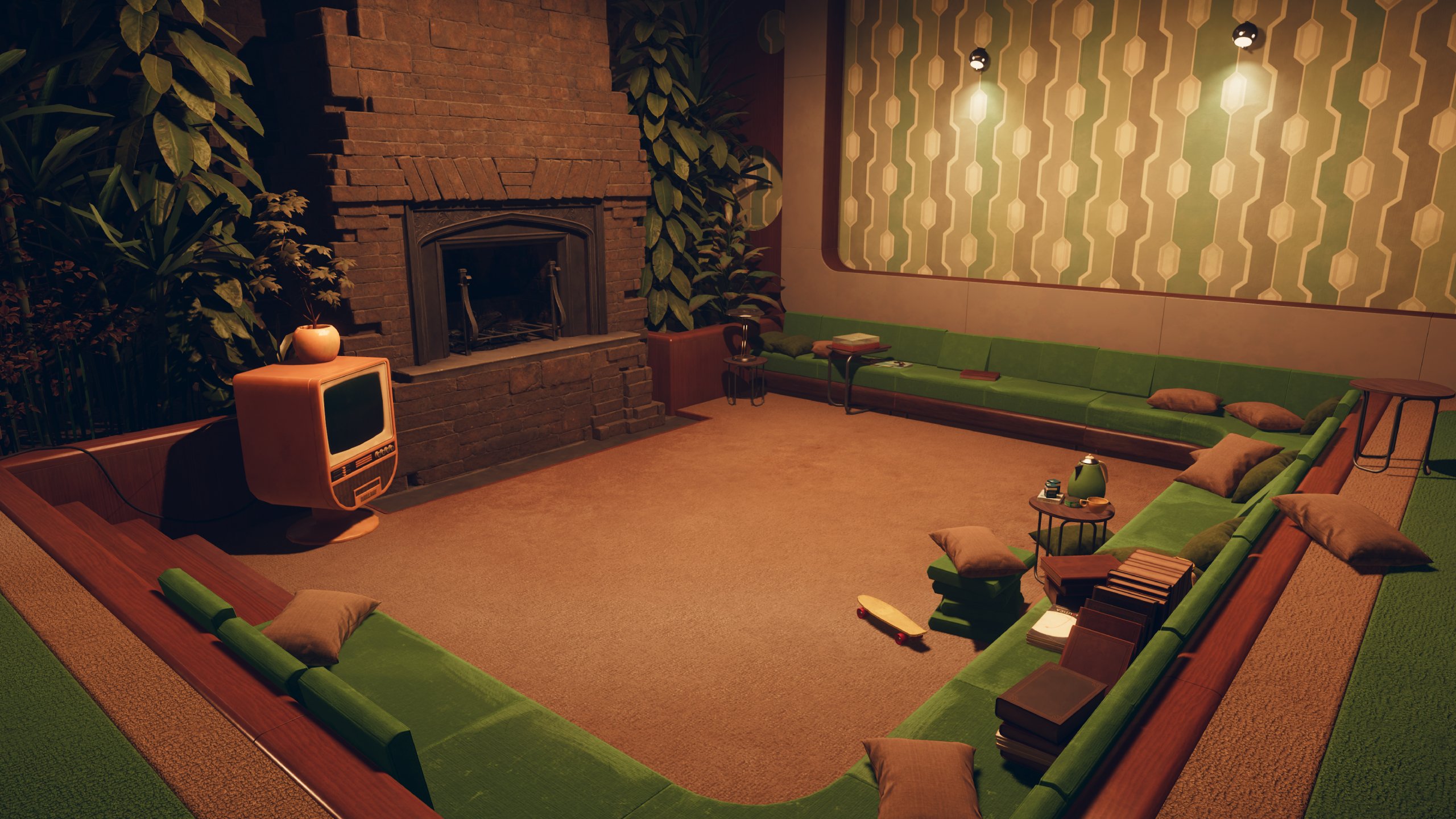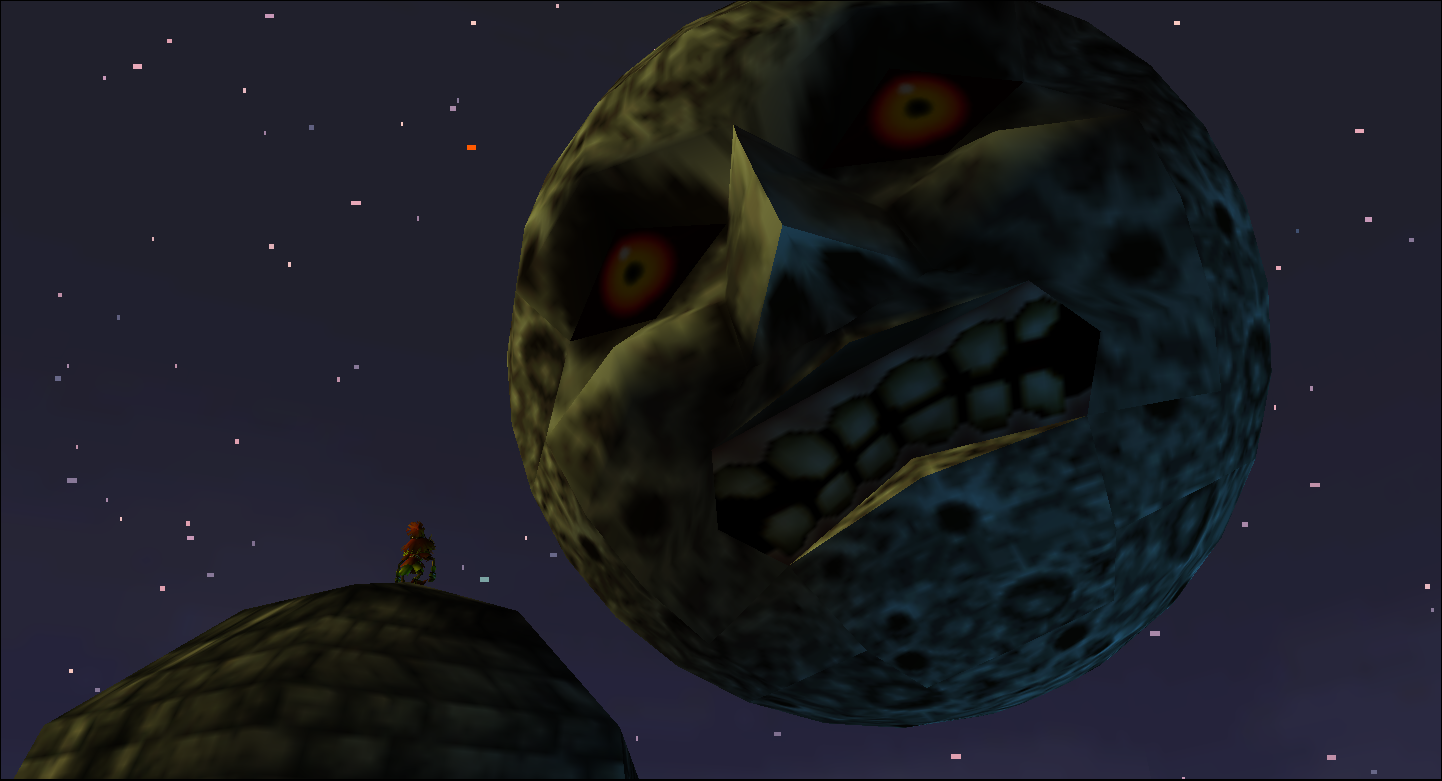
There’s a fun little show on N*tflix called Russian Doll where Nadia (played by Natasha Lyonne, good egg) keeps dying in-and-around her 36th bday party for the whole first season. It’s your time loop drama premise with death, but it rides on silly + scatty energy led by Lyonne (Nadia’s first theory for the time loop is that it’s her first k-hole). There’s a stylistic confidence going on that makes this rendering of NYC feel full up. As the series progresses, the whimsy sheen reveals itself to be (partly) a defence mechanism of Nadia’s that gives way to sincere melancholy and introspection. The time loop is effectively deployed as a metaphor for reliving, and healing from, trauma. It hits the emotional notes smoothly all the way down (BTW I haven’t seen the second series yet but I hear it’s decent, too).
Related, I clocked Deathloop over the weekend. As the name suggests, you seem to die and then wake up on that same morning ad infinitum. In vibe and looks it felt like the devs were rehearsing for a Russian Doll tie-in game (a bit like IO making a James Bond game after making Hitman 3, def the most Bond game ever). You play as Colt, who cracks jokes to himself and cusses out the only other character he really has dialogue with, Juliana. The in-game aesthetic is like a 1960s action film set world-building exercise that helps you dissociate and lean in to the game’s absurdity.

You decide to go looking for clues that might piece together this mystery and explain how to murk all of the baddies in a single day and “break the loop”. When you make a significant discovery, an animated cut-scene interjects and stylistically summarises the plot, while the “leads” menu neatly charts out how the puzzle pieces fit together. The detective work is basically done for you. In this sense, the time loop and story elements interact in ways that can’t help but feel choreographed. This is normal for story-driven AAA video games these days, but I found myself disengaged with the story itself by the endgame because the mystery didn’t feel like my own. This wasn’t helped by Arkane going super heavy on the environmental storytelling, to the point where the protagonist talks to himself more than anyone else.
The gameplay is suave and empowering even if you’re an FPS noob (it me). You quickly learn that the “map” is quite diddy and requires you to retread your steps (a lot). What this means is that you inevitably learn the layout of each area and the patterns of enemies within. As time progresses your weaponry combo experiments mature and you can get truly creative. What this meant for me was a rotating assembly of guns in the right hand and superpowers in the left, deployed inventively to the same crews of lackeys I’d inflicted pain on the previous day. I see this learning curve as congruent with the auto-pilot investigative work. The game wants you to feel smart and to play it like a movie. It took me a little while to get there.
Towards the main story’s close, the game makes you repeat a pretty dull level section + puzzle several times. When I realised what I was being asked to do I was vexed. It felt like a layer of punishment on top of repeating the same areas again and again already. Today I oddly reflect on this sequence as lovely game design that shook me into playing the game properly. The frustration I felt at being made to repeat this segment multiple times, in quick succession, jolted me into the mode of play I describe in the previous paragraph. Before this point, I was still dawdling and camping when Juliana was “on the hunt” for me. Once I was pissed off at the game I started diving into encounters and letting instinct take over. I can see how this segment would be torturous for confident FPS gamers but it’s what I needed for things to click into place.
Something I find funny about a game based around a time loop is that all games are built on countless loops. The recycled boss designs, the enemy patrol patterns, every single fetch quest. I mean, even between different games put out by any given studio there are recycled assets. This is not a knock, at all, rather a curiosity as to the state of mind of a developer working on a game like this. The obvious reference point is The Legend of Zelda: Majora’s Mask, perhaps the most famous time loop game ever made, which endured an infamously batshit development cycle. The process of going deeper and deeper, combing over that same bit of game is something that consumers aren’t usually asked to indulge in, but a time loop game demands that you endure a slice of this experience.

Deathloop has flaws that mean I walk away from it with some confused feelings. It forces the average player closer to the experience of actually making the game in ways that seem brave and interesting. By the end, if someone was watching me play I reckon they would think I was pretty good at the game. Unfortunately, I don’t think the work is imbued with much meaning beyond this. If you’re asking, I would probably tell you to watch Russian Doll or play Majora’s Mask instead.